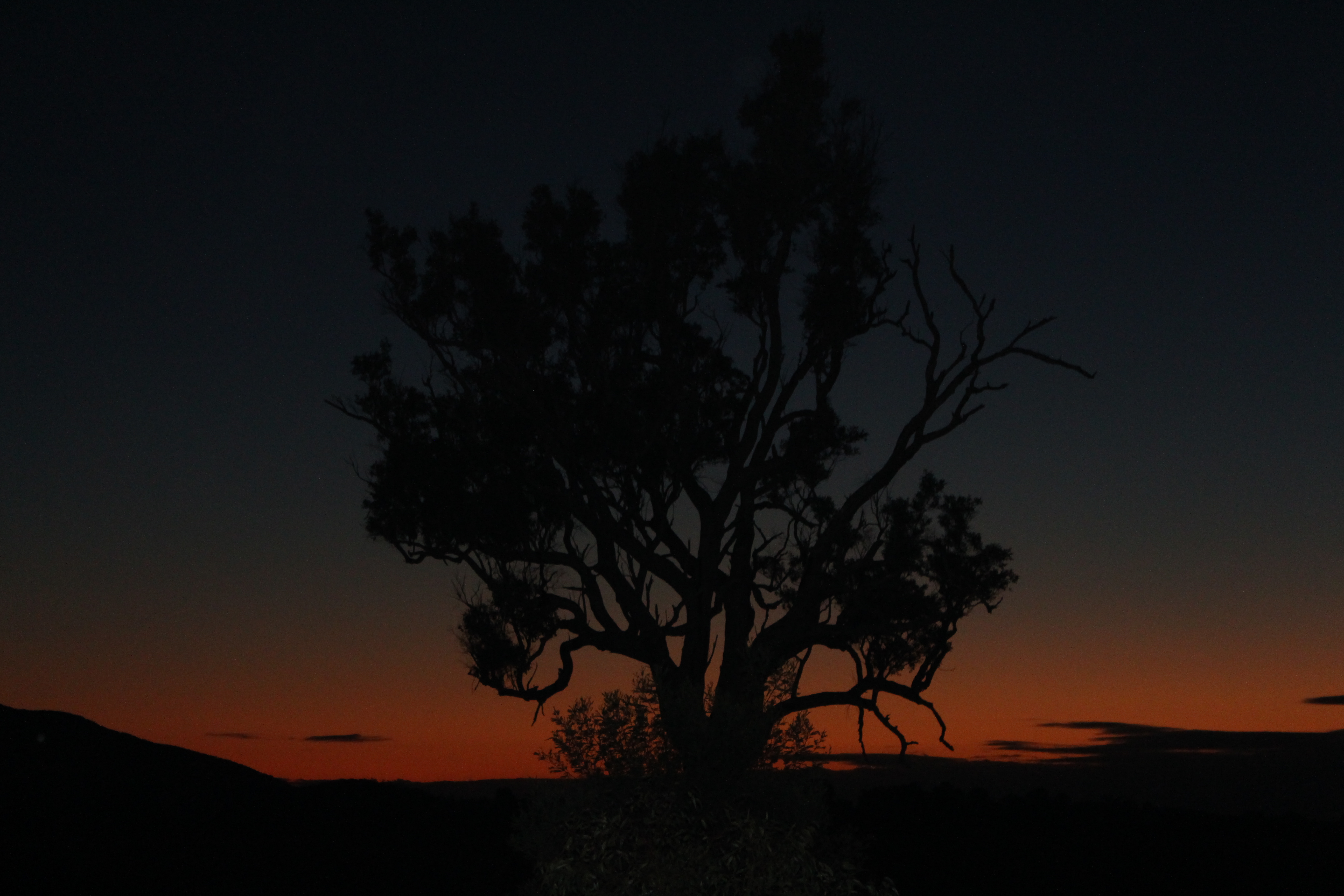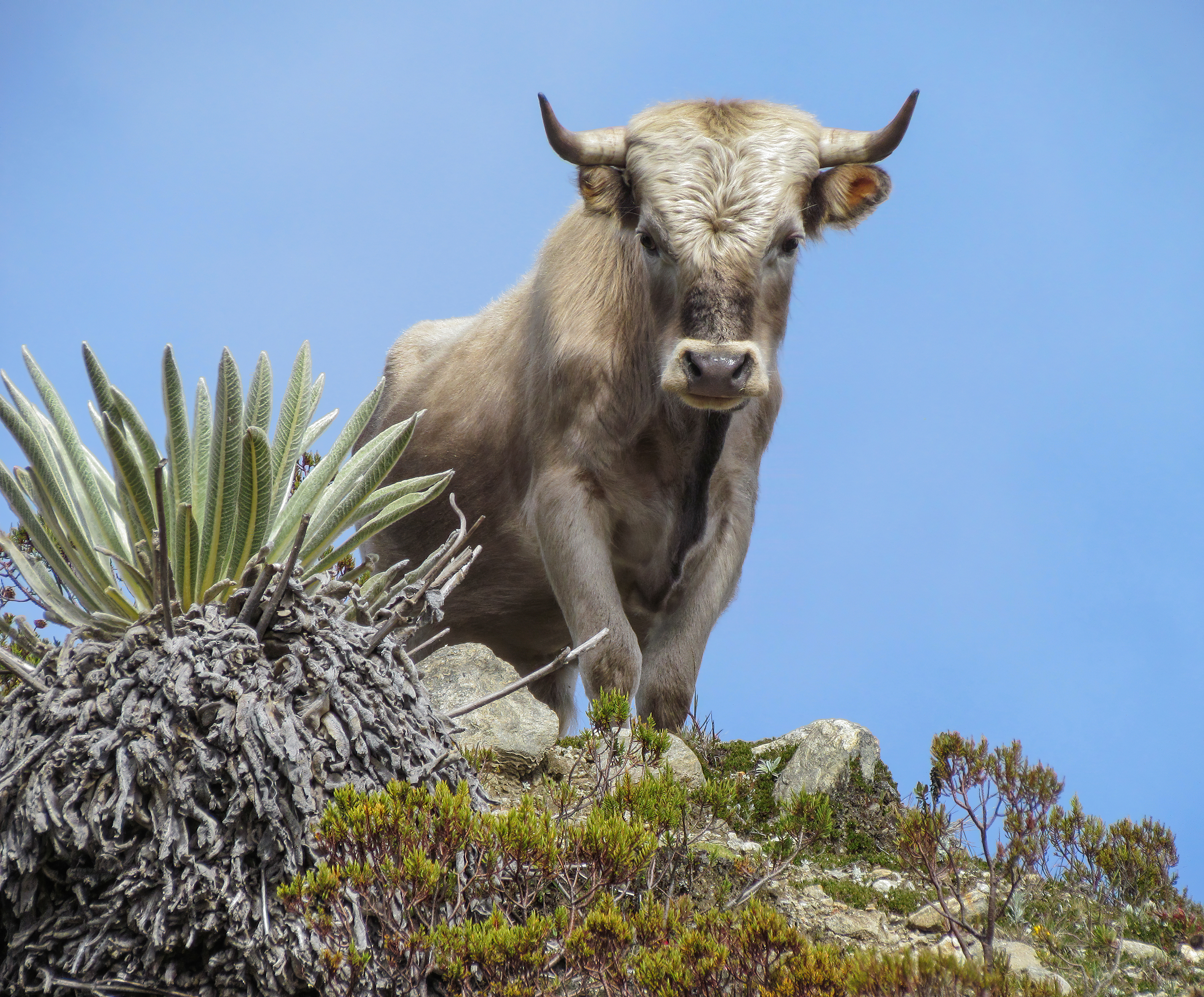|
Typhonium Jonesii
''Typhonium jonesii'' is a species of plant in the arum family that is endemic to Australia. Etymology The specific epithet ''jonesii'' honours Australian botanist David L. Jones who made valuable collections of ''Typhonium'' species in the Northern Territory in 1984. Description The species is a small, deciduous, geophytic, perennial herb, which resprouts annually from a corm about 2.5 cm in diameter. The leaf is deeply trilobed. The flower is enclosed in a pale mauve-cream spathe, appearing in December. Distribution and habitat The species is only known from the Tiwi Islands, off the northern coast of the tropical Top End of the Northern Territory. It is found in eucalypt woodland and rainforest on rocky hills and in plantations. Conservation The species is listed as Endangered under Australia's EPBC Act. The main potential threats include land clearing for forestry, habitat disturbance by feral animals such as water buffalos, horses, pigs and cattle, weed invasio ... [...More Info...] [...Related Items...] OR: [Wikipedia] [Google] [Baidu] |
Alistair Hay
Alistair Hay (born 1955) is an Australian Australian(s) may refer to: Australia * Australia, a country * Australians, citizens of the Commonwealth of Australia ** European Australians ** Anglo-Celtic Australians, Australians descended principally from British colonists ** Aboriginal ... botanist. Hay is a former director of the Royal Botanic Garden, Sydney. References Living people 1955 births 20th-century Australian botanists 21st-century Australian botanists {{Australia-botanist-stub ... [...More Info...] [...Related Items...] OR: [Wikipedia] [Google] [Baidu] |
Eucalypt
Eucalypt is a descriptive name for woody plants with capsule fruiting bodies belonging to seven closely related genera (of the tribe Eucalypteae) found across Australasia: ''Eucalyptus'', '' Corymbia'', '' Angophora'', '' Stockwellia'', '' Allosyncarpia'', '' Eucalyptopsis'' and ''Arillastrum''. Taxonomy For an example of changing historical perspectives, in 1991, largely genetic evidence indicated that some prominent ''Eucalyptus'' species were actually more closely related to ''Angophora'' than to other eucalypts; they were accordingly split off into the new genus ''Corymbia''. Although separate, all of these genera and their species are allied and it remains the standard to refer to the members of all seven genera ''Angophora'', ''Corymbia'', ''Eucalyptus'', ''Stockwellia'', ''Allosyncarpia'', ''Eucalyptopsis'' and ''Arillastrum'' as "eucalypts" or as the eucalypt group. The extant genera ''Stockwellia'', ''Allosyncarpia'', ''Eucalyptopsis'' and ''Arillastrum'' comprise s ... [...More Info...] [...Related Items...] OR: [Wikipedia] [Google] [Baidu] |
Monocots Of Australia
Monocotyledons (), commonly referred to as monocots, ( Lilianae '' sensu'' Chase & Reveal) are grass and grass-like flowering plants (angiosperms), the seeds of which typically contain only one embryonic leaf, or cotyledon. They constitute one of the major groups into which the flowering plants have traditionally been divided; the rest of the flowering plants have two cotyledons and are classified as dicotyledons, or dicots. Monocotyledons have almost always been recognized as a group, but with various taxonomic ranks and under several different names. The APG III system of 2009 recognises a clade called "monocots" but does not assign it to a taxonomic rank. The monocotyledons include about 60,000 species, about a quarter of all angiosperms. The largest family in this group (and in the flowering plants as a whole) by number of species are the orchids (family Orchidaceae), with more than 20,000 species. About half as many species belong to the true grasses (Poaceae), which a ... [...More Info...] [...Related Items...] OR: [Wikipedia] [Google] [Baidu] |
Typhonium
''Typhonium'' is a genus in the family Araceae native to eastern and southern Asia, New Guinea, and Australia. It is most often found growing in wooded areas.Bown, Deni (2000). ''Aroids: Plants of the Arum Family''. Timber Press. . ;Species #''Typhonium acetosella'' Gagnep. - Cambodia, Laos, Thailand, Vietnam #''Typhonium adnatum'' Hett. & Sookch. - Thailand #''Typhonium albidinervium'' C.Z.Tang & H.Li - Guangdong, Hainan, Laos, Thailand #''Typhonium albispathum'' Bogner - Thailand #''Typhonium alismifolium'' F.Muell. - Queensland, Northern Territory #''Typhonium angustilobum'' F.Muell. - Queensland, New Guinea #'' Typhonium bachmaense'' V.D.Nguyen & Hett. - Vietnam #''Typhonium baoshanense'' Z.L.Dao & H.Li - Yunnan #''Typhonium blumei'' Nicolson & Sivad. - Japan, Taiwan, Ryukyu Islands, much of China, Bangladesh, Laos, Cambodia, Myanmar, Thailand, Vietnam; naturalized in Madagascar, Mauritius, Comoros, Borneo, Philippines, West Indies #'' Typhonium bognerianum'' J.Murata & Sookc ... [...More Info...] [...Related Items...] OR: [Wikipedia] [Google] [Baidu] |
Fire Regime
A fire regime is the pattern, frequency, and intensity of the bushfires and wildfires that prevail in an area over long periods of time. It is an integral part of fire ecology, and renewal for certain types of ecosystems. A fire regime describes the spatial and temporal patterns and ecosystem impacts of fire on the landscape, and provides an integrative approach to identifying the impacts of fire at an ecosystem or landscape level.Morgan, Penelope; Hardy; Swetnam; Rollins; Long (1999)"Mapping fire regimes across time and space: Understanding coarse and fine-scale fire patterns"(PDF). '' International Journal of Wildland Fire''. 10: 329–342 – via Google Scholar. If fires are too frequent, plants may be killed before they have matured, or before they have set sufficient seed to ensure population recovery. If fires are too infrequent, plants may mature, senesce, and die without ever releasing their seed. Fire regimes can change with the spatial and temporal variations in topograp ... [...More Info...] [...Related Items...] OR: [Wikipedia] [Google] [Baidu] |
Andropogon Gayanus
''Andropogon gayanus''. commonly known as gamba grass, Rhodesian blue grass, tambuki grass, and other names, is a species of grass native to most of the tropical and subtropical savannas of Africa. History and naming ''Andropogon gayanus'' was recognised and named by 1833. Its common names include gamba grass, bluestem (Africa, Australia); Rhodesian andropogon (southern Africa); Rhodesian blue grass (Zimbabwe); onga, tambuki grass (north-west Africa); and sadabahar (India). Description This tufting perennial bunchgrass can grow tall and in diameter, and has hairy leaves. Most of its roots are fibrous, spreading close to the surface of the soil for up to , but it also has thick cord roots which store starch and anchor the plant as well as vertical roots able to extract water from a greater depth during the dry season. It produces large numbers of light, fluffy seeds (up to 244,000 seeds each year, with 65% viability), which can be spread by wind, animals or m ... [...More Info...] [...Related Items...] OR: [Wikipedia] [Google] [Baidu] |
Pennisetum Polystachion
''Pennisetum polystachion'', the mission grass, is a species of grass native to tropical Africa, and is an invasive species in Northern Australia and in Sri Lanka.S. Ranwala, B. Marambe, S. Wijesundara, P. Silva, D. Weerakoon, N. Atapattu, J. Gunawardena, L. Manawadu, G. GamagePost-entry risk assessment of invasive alien flora in Sri Lanka-present status, GAP analysis, and the most troublesome alien invaders ''Pakistan Journal of Weed Science Research'', Special Issue, October, 2012: 863-871. References External links polystachion Invasive plant species in Sri Lanka {{Panicoideae-stub ... [...More Info...] [...Related Items...] OR: [Wikipedia] [Google] [Baidu] |
Water Buffalo
The water buffalo (''Bubalus bubalis''), also called the domestic water buffalo or Asian water buffalo, is a large bovid originating in the Indian subcontinent and Southeast Asia. Today, it is also found in Europe, Australia, North America, South America and some African countries. Two extant types of water buffalo are recognized, based on morphological and behavioural criteria: the river buffalo of the Indian subcontinent and further west to the Balkans, Egypt and Italy and the swamp buffalo, found from Assam in the west through Southeast Asia to the Yangtze valley of China in the east. The wild water buffalo (''Bubalus arnee'') most likely represents the ancestor of the domestic water buffalo. Results of a phylogenetic study indicate that the river-type water buffalo probably originated in western India and was domesticated about 6,300 years ago, whereas the swamp-type originated independently from Mainland Southeast Asia and was domesticated about 3,000 to 7,000 year ... [...More Info...] [...Related Items...] OR: [Wikipedia] [Google] [Baidu] |
Feral
A feral () animal or plant is one that lives in the wild but is descended from domesticated individuals. As with an introduced species, the introduction of feral animals or plants to non-native regions may disrupt ecosystems and has, in some cases, contributed to extinction of indigenous species. The removal of feral species is a major focus of island restoration. Animals A feral animal is one that has escaped from a domestic or captive status and is living more or less as a wild animal, or one that is descended from such animals. Other definitions include animals that have changed from being domesticated to being wild, natural, or untamed. Some common examples of animals with feral populations are horses, dogs, goats, cats, rabbits, camels, and pigs. Zoologists generally exclude from the feral category animals that were genuinely wild before they escaped from captivity: neither lions escaped from a zoo nor the white-tailed eagles re-introduced to the UK are regarded ... [...More Info...] [...Related Items...] OR: [Wikipedia] [Google] [Baidu] |
Forestry
Forestry is the science and craft of creating, managing, planting, using, conserving and repairing forests, woodlands, and associated resources for human and environmental benefits. Forestry is practiced in plantations and natural stands. The science of forestry has elements that belong to the biological, physical, social, political and managerial sciences. Forest management play essential role of creation and modification of habitats and affect ecosystem services provisioning. Modern forestry generally embraces a broad range of concerns, in what is known as multiple-use management, including: the provision of timber, fuel wood, wildlife habitat, natural water quality management, recreation, landscape and community protection, employment, aesthetically appealing landscapes, biodiversity management, watershed management, erosion control, and preserving forests as "sinks" for atmospheric carbon dioxide. Forest ecosystems have come to be seen as the most important comp ... [...More Info...] [...Related Items...] OR: [Wikipedia] [Google] [Baidu] |
Land Clearing In Australia
Land clearing in Australia describes the removal of native vegetation and deforestation in Australia. Land clearing involves the removal of native vegetation and habitats, including the bulldozing of native bushlands, forests, savannah, woodlands and native grasslands and the draining of natural wetlands for replacement with agriculture, urban and other land uses. , of the vegetation which existed in Australia at the time of European settlement, approximately 87% remains. One estimate places the rate of rainforest of all types has been reduced by three quarters since the time of European settlement from eight million hectares to two million. Land clearing threatens native species including ground orchids and eucalyptus. Land clearing is an important environmental issue in Australia. Bans on land clearing have been placed by state governments. This policy largely permitted Australia to abide by its commitments to the Kyoto Protocol. Causes The underlying causes of land-c ... [...More Info...] [...Related Items...] OR: [Wikipedia] [Google] [Baidu] |
Environment Protection And Biodiversity Conservation Act 1999
The ''Environment Protection and Biodiversity Conservation Act 1999'' (Cth) is an Act of the Parliament of Australia that provides a framework for protection of the Australian environment, including its biodiversity and its natural and culturally significant places. Enacted on 17 July 2000, it established a range of processes to help protect and promote the recovery of threatened species and ecological communities, and preserve significant places from decline. The Act is administered by the Department of Agriculture, Water and the Environment. Lists of threatened species are drawn up under the Act, and these lists, the primary reference to threatened species in Australia, are available online through the Species Profile and Threats Database (SPRAT). As an Act of the Australian Parliament, it relies for its constitutional validity upon the legislative powers of the Parliament granted by the Australian Constitution, and key provisions of the Act are largely based on a num ... [...More Info...] [...Related Items...] OR: [Wikipedia] [Google] [Baidu] |


.jpg)

